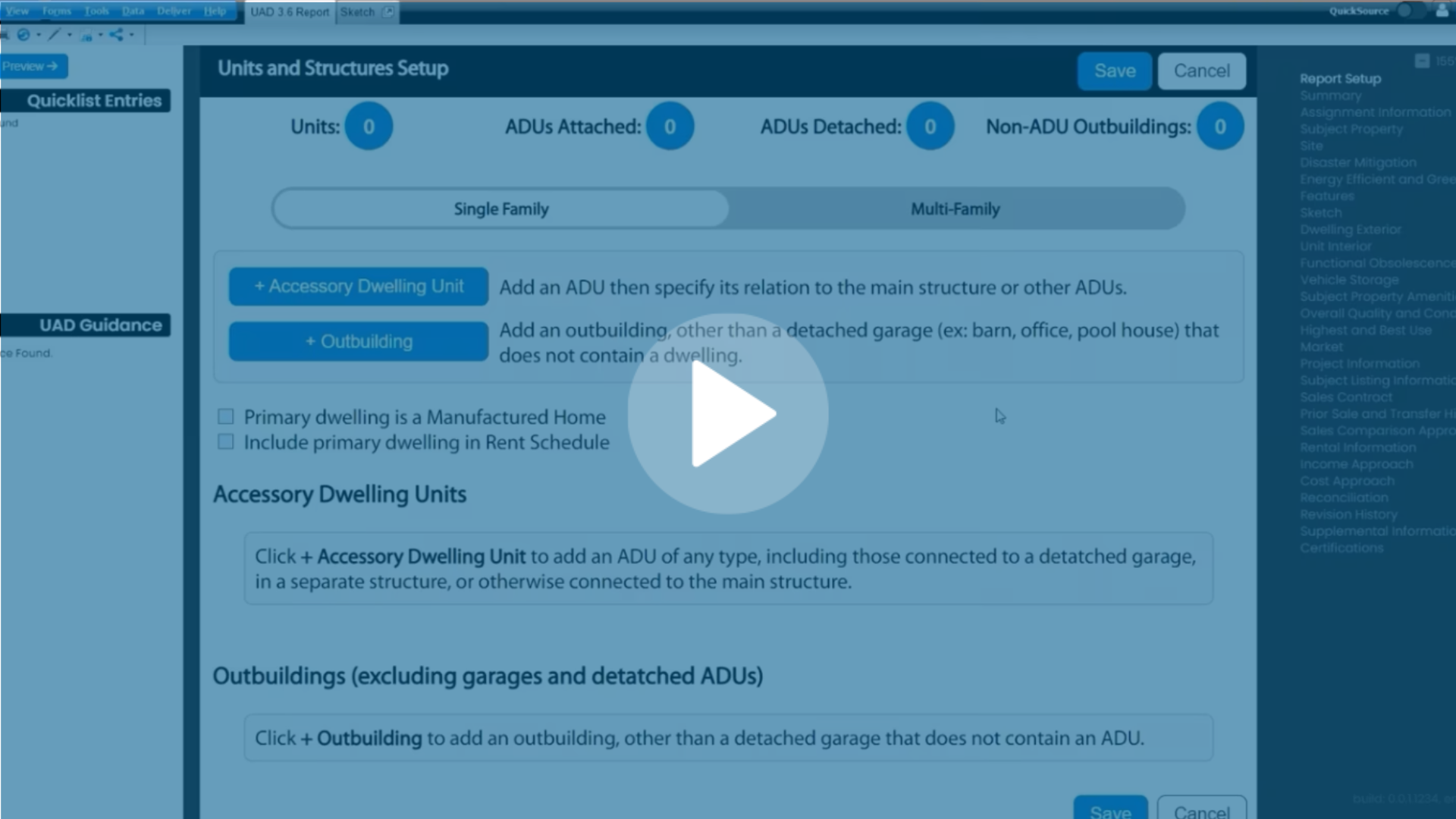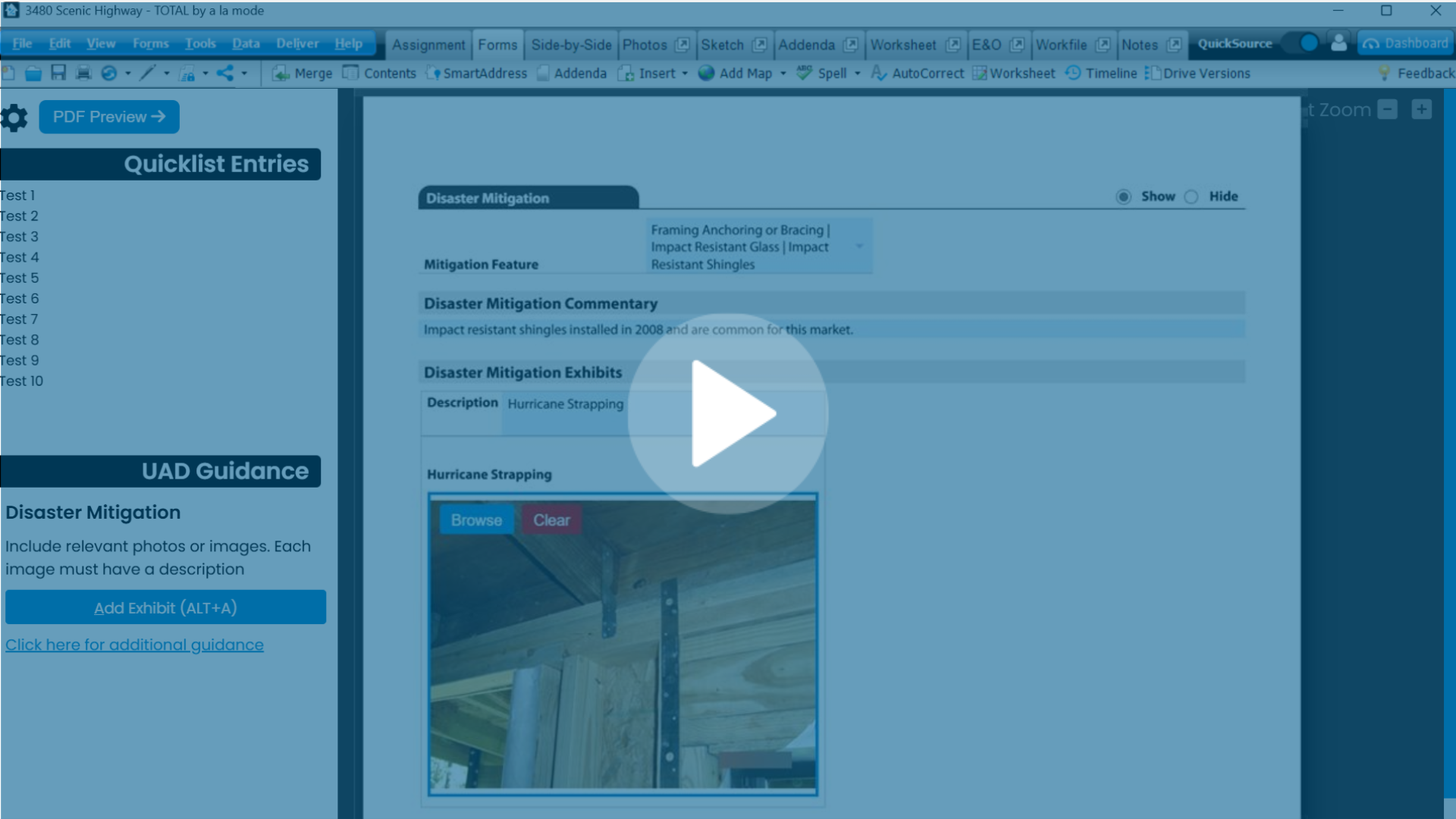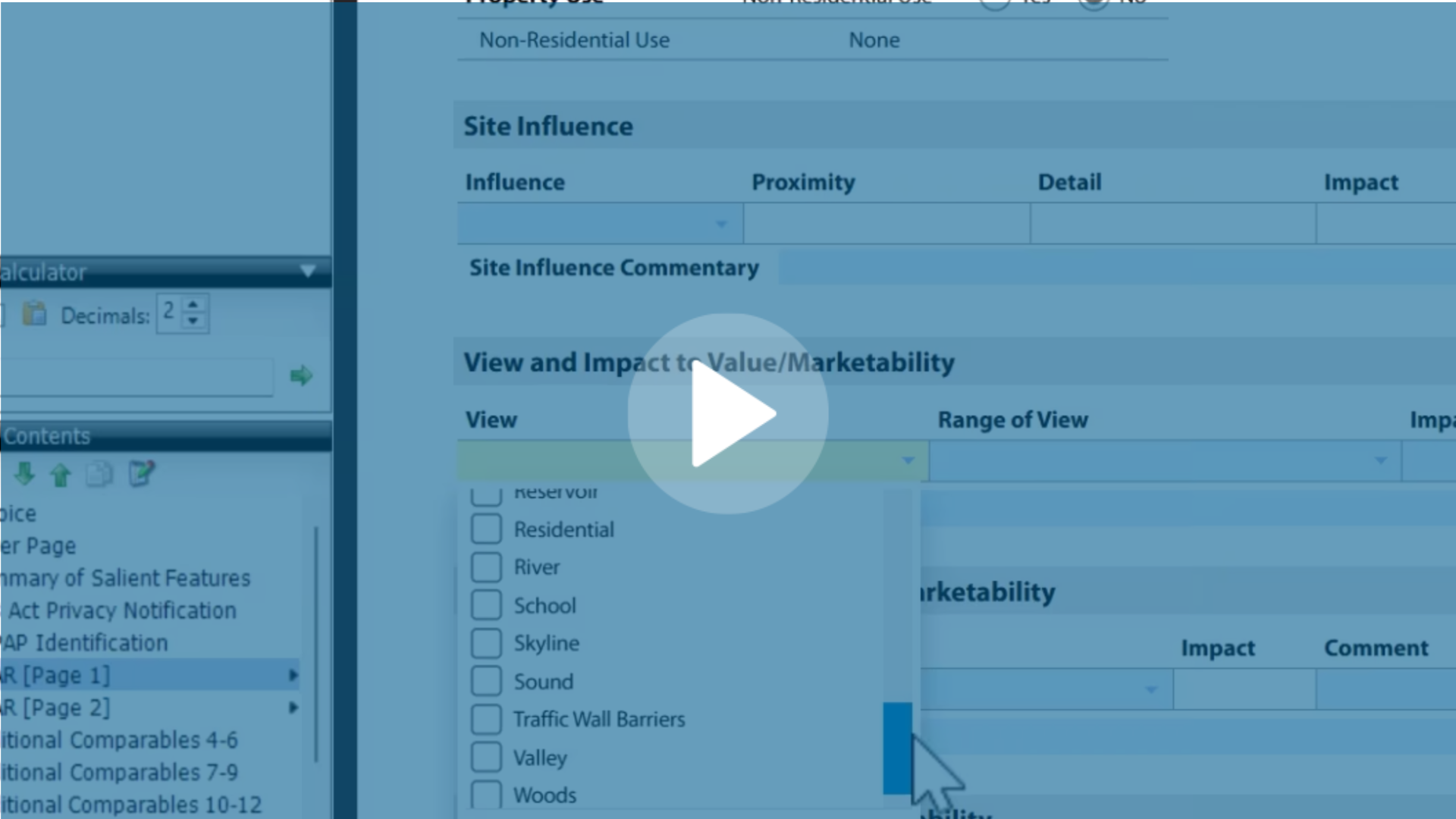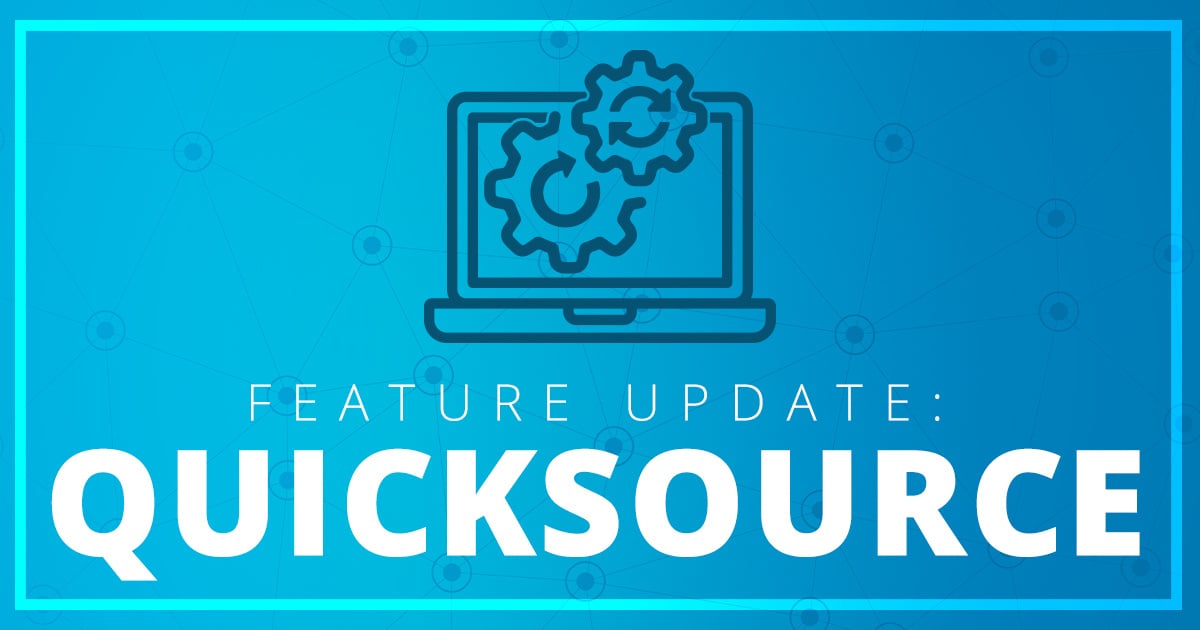
In July of 2015, we released a memo discussing the incompatibilities between Windows 10 and WinTOTAL Aurora. (Click here to read the memo.) In short:
“…Windows 10 does not allow our old WinTOTAL Aurora program to run properly. Microsoft hasn't been able to resolve the problems we've reported, which deal with the core issues of loading basic program components. Windows 10 breaks Aurora at a very low level, which we can't fix with any sort of update…”
At that time, Windows 10 was available by reservation only and you would be notified when the download was available for you. Later that year, Microsoft added it to their Windows Updates as an optional update. This meant that you would have to manually choose to download the optional update – allowing WinTOTAL users the option to avoid the upgrade and continue using WinTOTAL uninterrupted.
Then, beginning in early 2016, Microsoft became more aggressive with their approach to the upgrade and reclassified it as a “recommended update” for all Windows 7 and Windows 8.1 users. (Click here to read their blog post about it.) We’ve heard from a few appraisers who were surprised to find that after they ran their Windows Updates, their computer was automatically upgraded. When the update was reclassified, if they hadn’t changed the default Windows Update settings, their computer was automatically upgraded to Windows 10 unless they were on the computer when the upgrade happened and were able to decline or cancel it.
If your computer hasn’t been upgraded to Windows 10 yet, but you want to avoid this upgrade and continue using WinTOTAL, you can adjust your Windows Update settings. Click here for Microsoft’s instructions, and be sure to leave the “recommended updates” box unchecked. (Note: Microsoft’s instructions specify Windows 7 machines, but the instructions are the same for windows 8.1, except that instead of clicking the Start button in the first step, you simply begin typing the word “update” from your Start screen.)
Luckily, if your computer has already been upgraded to Windows 10, there is a quick way to revert to your previous operating system. Click here for instructions from Microsoft on going back to Windows 7 or Windows 8.1. This may be a good option if you’re working under a deadline and you’re not quite ready to upgrade to TOTAL just yet.
Ultimately, Microsoft is determined to get as many Windows users upgraded to Windows 10 as they can. And the upgrade is beginning to seem inevitable. Our best advice is to upgrade to TOTAL when you have time so that when you do upgrade to Windows 10, the transition will be easier. As we’ve said before, it's becoming increasingly important that you upgrade to TOTAL soon while you can transition at your own pace. TOTAL is faster, more modern, and it works seamlessly with Windows 10. Plus, it has many new features, such as SmartAdjust and SmartAddress, that aren't available in Aurora. Click here to see how TOTAL compares to Aurora, and for instructions on how to upgrade for free.



.png)




.png)
-1.png)

.png)

.png)


.png)
.png)

.jpg)
.png)

-1.png)

















